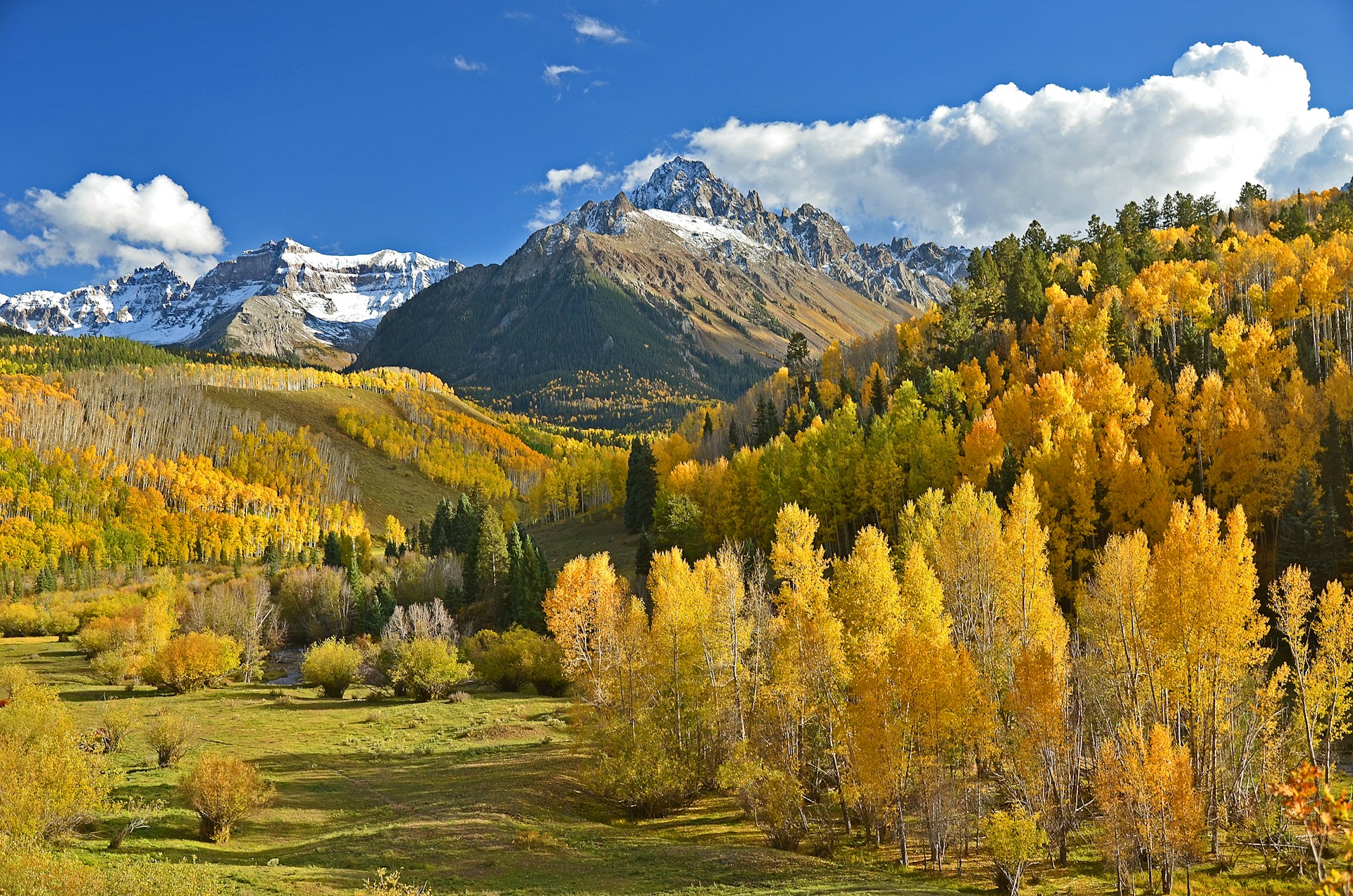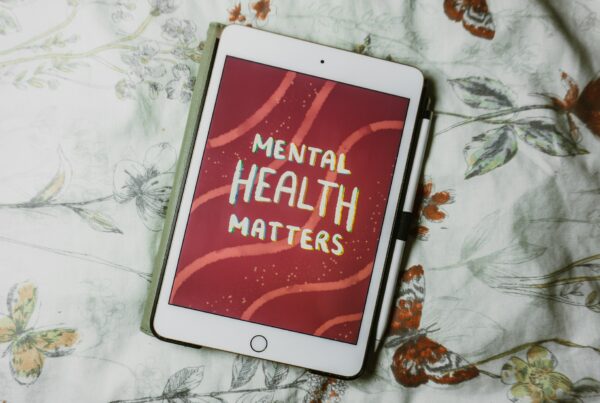When it comes to ranking states by activity levels, the term “lazy” makes headlines. But what does it actually mean for a state to earn that label? Is it about gym memberships, Netflix binges, or the number of steps people take each day? The answer lies in the data, which offers a fascinating look into how lifestyle habits, environment, and choices shape the activity levels across the nation.
We’re crunching the numbers to explore what factors contribute to a “lazy” state and where some regions rank. Along the way, we’ll also share insights into why these trends happen and how everyone can make positive changes in their own lives.
What Defines a “Lazy” State?
The idea of labeling an entire state as lazy might seem unfair, but these rankings typically stem from measurable metrics. Here are some of the key factors researchers use to evaluate activity levels:
1. Physical Activity Rates
One of the leading indicators of an active lifestyle is how much physical activity people engage in on a weekly basis. According to the CDC, adults should aim for at least 150 minutes of moderate aerobic activity each week. However, not everyone meets this standard. States with low rates of recreational activities or exercise participation often find themselves sliding down the rankings.
- Example: Southern states like Mississippi and Alabama tend to report lower rates of physical activity, which may be linked to cultural factors or limited access to recreational facilities.
2. Obesity Prevalence
Obesity is another data point that reflects overall activity levels and lifestyle habits. States with higher obesity rates typically struggle with lower physical activity, poorer diets, and other related health challenges.
- Example: West Virginia often ranks among states with both high obesity rates and lower physical activity levels. Many experts attribute this to a combination of socioeconomic barriers and limited health infrastructure in rural areas.
3. Screen Time Usage
From Netflix marathons to mobile gaming, screen time data provides a modern lens for evaluating sedentary habits. Longer time spent on screens often means less time outdoors or on foot.
- Example: States like Louisiana report higher-than-average screen time per capita, correlating with lower engagement in organized sports or fitness activities.
4. Climate and Geography
It’s hard to feel motivated to exercise outside when it’s 100°F in the shade or snowing relentlessly. States with extreme climates can make physical activity more challenging, potentially fostering more sedentary lifestyles.
- Example: States such as Florida, with its hot and humid summers, or Alaska with chilling winters, often see residents opting for indoor, less active lifestyles during significant parts of the year.
5. Walkability and Infrastructure
Access to sidewalks, parks, and public transportation can have a huge impact on daily physical activity. States or cities with poor walkability and a heavy dependency on cars naturally promote a more sedentary lifestyle.
- Example: Urban-focused states like New York, which boast walkable cities like NYC, tend to promote higher activity levels, while more rural states reliant on driving fare worse.
States That Rank High and Low in Laziness
The “Laziest” States
States like Mississippi, West Virginia, and Louisiana consistently rank among the laziest due to low physical activity rates, high obesity levels, and an over-reliance on vehicles for transportation. Economic factors also play a role, as regions with fewer resources may experience limitations in access to gyms, recreational centers, and healthy food options.
The Most Active States
On the other end of the spectrum, states like Colorado, Vermont, and Oregon often lead activity rankings. Colorado, known for its outdoor-centric culture, boasts high levels of hiking, skiing, and biking enthusiasts. Vermont offers easy access to outdoor recreation, supported by a health-conscious community.
Interestingly, geographic features, such as Colorado’s mountainous terrain or Vermont’s sprawling green spaces, play a role in boosting physical engagement.
What Drives These Trends?
Understanding these rankings means digging deeper into the underlying causes. Several factors influence how active (or inactive) a population might be:
- Cultural Norms: States with a culture that prioritizes family, community gatherings, and rich cuisine may not necessarily focus on fitness or activity. Conversely, outdoor states foster habits tied to hiking, biking, and skiing.
- Economic Constraints: Fitness often has a price tag. Gym memberships, outdoor sporting equipment, and fitness classes might be unattainable luxuries in economically disadvantaged regions.
- Urban vs. Rural Environments: Urban areas typically have denser populations with better infrastructure, leading to higher incidental activity like walking. Rural states, where distances are greater, default to a car-first mentality.
- Weather-Driven Sedentarism: Extreme climates can demotivate even the most dedicated fitness enthusiasts. A cool mountain-biking morning in Colorado might feel more appealing than a humid run through a Louisiana summer.
What Does It All Mean for You?
While state data offers fascinating patterns, remember that averages don’t define individuals. No matter where you live, there’s always an opportunity to adopt healthier, more active habits. Here are a few tips to help you get started:
- Start Small: Begin with manageable activities, like daily walks or quick 10-minute workouts.
- Explore Local Options: Check out parks, trails, or fitness classes in your area, even if they’re indoors during harsh weather.
- Make It Social: Exercising with friends or family can keep you motivated.
- Use Technology to Your Advantage: Take advantage of fitness apps or step counters to track your progress and set goals.






13 Comments